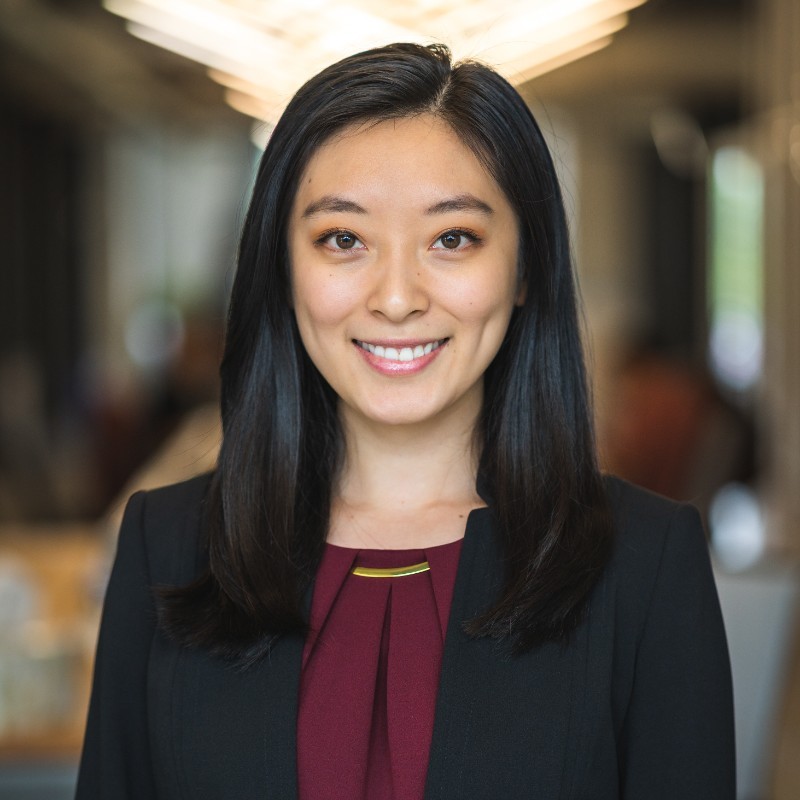- Video Library
- Rui Jing Jiang Presents Avisi Technologies at LSI USA ‘23
Rui Jing Jiang Presents Avisi Technologies at LSI USA ‘23

Rui Jing Jiang
Rui Jing brings extensive experience in healthcare and regulation. Rui Jing gained corporate development, strategic marketing, and product management experience from working at Allergan and Sanofi, before working at JP Morgan as an equities analyst.
Rui Jing graduated cum laude from Wharton at the University of Pennsylvania with a B.S. in Economics, concentrating in Strategic Management and Finance.
Rui Jing Jiang
Rui Jing brings extensive experience in healthcare and regulation. Rui Jing gained corporate development, strategic marketing, and product management experience from working at Allergan and Sanofi, before working at JP Morgan as an equities analyst.
Rui Jing graduated cum laude from Wharton at the University of Pennsylvania with a B.S. in Economics, concentrating in Strategic Management and Finance.

17011 Beach Blvd, Suite 500 Huntington Beach, CA 92647
714-847-3540© 2025 Life Science Intelligence, Inc., All Rights Reserved. | Privacy Policy







